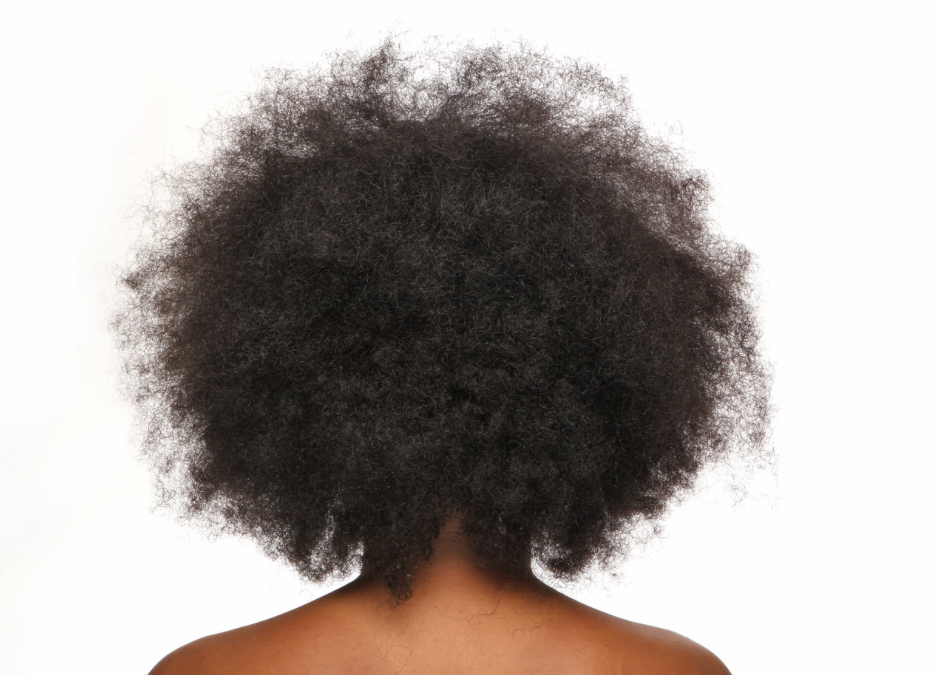
The life of a family law paralegal
June 10, 2024
The Case For Cutting Taxes
June 14, 2024By Reva Naidu.
Reading time: three minutes
Historically, women have been subjected to a higher degree of scrutiny in terms of their physical appearance and presentation, compared to men. Researchers hypothesise that this focus is due to the value that society places on a woman’s looks, often regarded as the most important aspect that she is judged by. Unfortunately, this has resulted in female professionals having to present themselves in a certain way and up to a certain standard, which mostly involves high-heeled shoes, smooth makeup and perfectly styled hair in order to be considered ‘put-together’ and competent. A study by the University of California’s School of Science found that women who wore makeup at work were paid more and considered to be more trusting. This study also illustrates the existence of the Halo Effect, first investigated by Thorndike in 1920 who found that attractive people were perceived as more competent and qualified. Ironically, a woman may also be judged negatively for being ‘too made-up’, demonstrating the thin tightrope that working women have to tread.
In this article, we take a look at how women’s hair, as a physical feature, impacts their experience in the workplace and why preconceived notions about a woman’s hair and her proficiency must change.
Disentangling Hair as a Characteristic
According to modern beauty standards, the most ‘acceptable’ form and texture of hair is Eurocentric: straight, silky, smooth, and long. This may disproportionately affect women of colour, who tend to have more diverse hair types requiring more attention and products. For example, kinky, curly and wavy hair have natural frizz and flyaways, which require different styling methods, in the forms of braids or knots, for example. Despite these being natural variations, they are often perceived as ‘messy’ or ‘unkempt’ by society. A survey by Harvard Business Review found that black women’s hair was two-and-a-half times more likely to be perceived as unprofessional. Such objectifying perceptions may also disproportionately impact the likelihood of getting hired through a face-to-face interview, as experienced by graduate Lara Odoffin, whose job offer was rescinded in 2015 due to her natural hair being braided.
A survey conducted by the Halo Collective found that 20% of Black women felt pressure from society to wear their hair straight for work. Such standards impose extra and unnecessary physical and emotional labour that women must do and deeply affects their confidence. Women should focus their mental energy on advancing in their career rather than trying to adhere to an arbitrary and ever-changing goalpost, notwithstanding the health issues that could arise from heating products and chemicals required to achieve straight hair. The products used to achieve chemically straightened hair include keratin, applied as a part of a ‘Brazilian blowout’ treatment, impact the lungs due to the aerial release of formaldehyde when heated with a straightening iron. Often, an over-reliance on these treatments may lead to early hair thinning and alopecia.
Significance for Employers
Feeling thus scrutinised for their natural appearance could put them under undue stress, negatively impacting their work. For most women, their hairdos are culturally significant and play a very consequential role in their self-identification. Allowing them the freedom to style it as they choose would contribute to their comfort at their workplaces, enhancing and boosting employee morale and productivity. Employers may take action to change or review their policies while heeding their employees’ ideas and opinions. They could also increase their focus on diversity and inclusion training, to bring awareness to this issue. Therefore, UK employers can be prompted to join educational organisations and campaigns Halo Code Collective, that explicitly protects and safeguards employees of colour from hair discrimination. Today, the workforce is becoming increasingly diverse, heightening the importance of all-around inclusion at the workplace for employers, if they are to recruit and retain top talent from across the globe.
An outstanding and encouraging example of this is Clifford Chance’s collaboration with the Halo Code in 2022 as a part of Race Equality Week, where their Black employees shared the relevance and weight of their chosen hairstyles on their self-presentation, esteem, and identity.
Legal Protection against Hair Discrimination
Analysing the legal protection against hair discrimination, the most prolific piece of legislation is the Equality Act 2010. The act includes race as a protected characteristic covered under it, although it does not make an explicit reference to hair. The Equality and Human Rights Commission’s Guidance on the Equality Act 2010 allows employers to set restrictions for employee’s hairstyles based on health, safety, and propriety. Certain company policies related to presentation and dress code may be considered ‘indirect discrimination’ under Section 19 of the act, under which a provision, criteria, or practice of an employer may be discriminatory if it puts a certain race of employees at a disadvantage as compared to others. Yet, this does not protect female employees against non-verbal and ‘passive’ discrimination and judgement, through looks and comments by co-workers or clients. The subtle remarks may severely affect a female worker’s mental health, disturbing their dynamic at work, creating an uncomfortable environment for her. Other nations’ jurisdictions, like New York and California, have taken steps to counteract potential hair discrimination in 2019 by passing laws that ban discrimination due to hairstyles.
Finally
Having strict hairstyle standards and perceptions seem to be yet another tactic of policing women’s bodies and appearances, specially creating a negative harmful bias against women of colour. It has unfortunately become a strategy to underhandedly reduce a woman’s power at her workplace under the guise of ‘professionalism’. The style, pattern, and texture of a woman’s hair has no impact on her ability to carry out her job and employers are encouraged to best support and encourage their female employees to present themselves in a way that is most suitable for them.





